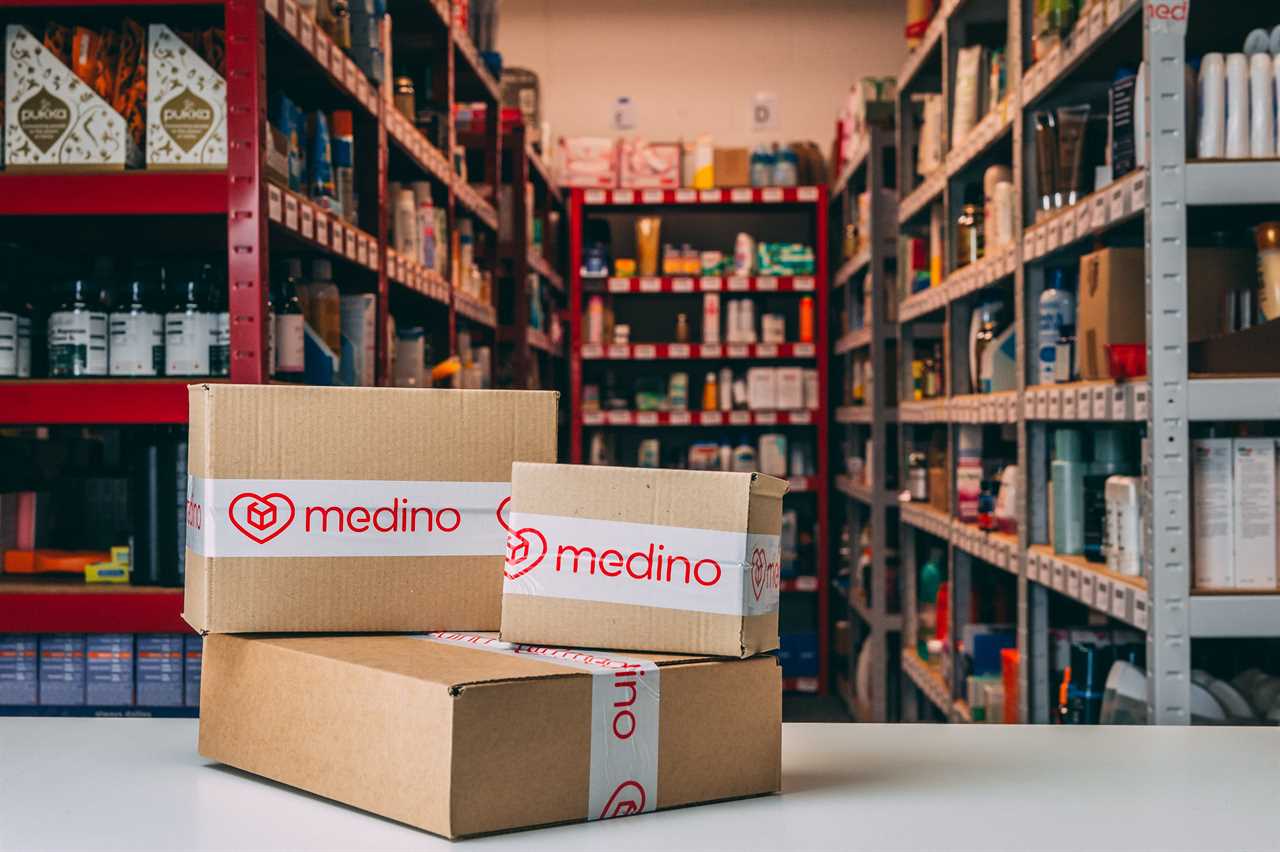
Are you ready to embark on a journey to Amazon FBA success?
Picture this: you, just like Bart, a professional photographer from Belgium, starting an Amazon business with no experience and raking in a monthly profit of $25 thousand. Sound too good to be true? Well, it’s not!
In this article, we’ll guide you through the essential steps for product research, setting up your Amazon selling account, building a strong brand, and optimizing Amazon SEO.
Get ready to achieve the financial freedom you’ve been dreaming of. Let’s dive in!

Key Takeaways
- Conduct thorough product research and competitor analysis to identify profitable opportunities.
- Create a professional Amazon selling account and enroll in the FBA program for streamlined order fulfillment.
- Build a strong brand identity and optimize Amazon SEO through effective keyword research and strategic placement.
- Focus on gradual growth, explore new niches, and reinvest profits for long-term success in the Amazon FBA business.
Understanding the Amazon FBA Business Model
To understand the Amazon FBA business model, you need to know that it involves Amazon handling storage, shipment, and customer service, which saves you time and allows you to focus on marketing and other tasks. This means you don’t have to worry about storing inventory in your own space or dealing with the logistics of shipping products to customers. Amazon takes care of all that for you.
This streamlined process not only saves you time but also helps to improve your profit margins. Additionally, when it comes to identifying profitable niches, Amazon provides a vast marketplace with countless product categories and customer demand. By conducting thorough research and analysis, you can pinpoint profitable niches and capitalize on them to maximize your earnings.
With the Amazon FBA business model, you have the freedom to focus on growing your business and achieving financial success.
Essential Steps for Product Research and Analysis
Start by using the AMZScout Product Database to find initial product ideas based on criteria like demand, size, weight, and price range. This powerful tool allows you to quickly analyze the market and identify profitable opportunities.

Here are three essential steps for product research and analysis:
-
Evaluate demand: Look for products with high demand and low competition. This will ensure that there is a market for your product and that you can stand out from the competition.
-
Assess market trends: Stay up-to-date with the latest market trends and consumer preferences. This will help you identify products that are in high demand and have the potential for long-term success.
-
Analyze competition: Study your competitors to understand their strategies and identify areas where you can differentiate yourself. Look for gaps in the market that you can fill with your product.

Setting Up Your Amazon Selling Account and FBA Program
Get a Professional Amazon Account for access to their advertising platform, which costs $39.99 per month but saves you money if you sell over 40 products monthly.
By signing up for a Professional Account, you can take advantage of Amazon’s Fulfillment by Amazon (FBA) program. This program allows Amazon to handle storage, shipment, and customer service for your products, saving you time and allowing you to focus on other aspects of your business. Plus, with FBA, your products become eligible for Prime shipping, which can attract more customers.
When it comes to selling on Amazon, customer reviews are crucial. Positive reviews not only build trust with potential buyers but also improve your product’s visibility in search results. So, make sure to provide excellent customer service and encourage satisfied customers to leave reviews.
Don’t forget to factor in Amazon FBA fees and prioritize the importance of customer reviews to ensure a successful Amazon selling journey.

Building a Strong Brand Identity and Optimizing Amazon SEO
Build a solid brand identity that effectively aligns with your products and connects with your target buyers, ensuring long-term visibility and success on Amazon.
Here are three key strategies to help you optimize your brand and listings:
-
Develop a compelling brand story: Your brand story should communicate the value and uniqueness of your products, resonating with your target buyers. Craft a narrative that captures their attention and builds trust, highlighting the benefits and solutions your products offer.
-
Conduct thorough keyword research: To optimize your Amazon listings, research and identify the most relevant and high-volume keywords for your niche. Use tools like AMZScout to uncover popular search terms and incorporate them strategically into your titles, descriptions, and bullet points.

-
Enhance listing content and visuals: Make sure your product listings are visually appealing and well-written. Use high-quality images and compelling product descriptions that highlight the features, benefits, and unique selling points of your products. Optimize your content for search visibility while also providing a seamless shopping experience for your potential buyers.
Strategies for Growing Your Amazon FBA Business
To achieve growth in your Amazon FBA business, focus on expanding your product offerings, increasing cash flow, and exploring new niches.
These strategies for scaling growth and maximizing profitability are essential for taking your business to the next level.
By expanding your product offerings, you can reach a wider audience and increase your chances of generating more sales.

Additionally, increasing cash flow is crucial for reinvesting in your business and taking advantage of new opportunities.
Finally, exploring new niches allows you to tap into untapped markets and diversify your product portfolio.
Long-Term Success: Investing and Reinvesting in Your Business
Investing your profits back into your business is crucial for achieving long-term success and maintaining steady growth. Here are three investment strategies to help you scale your business growth:
-
Expand your product line: One effective way to reinvest in your business is by expanding your product offerings. Analyze market trends, customer demand, and competition to identify new product opportunities. Diversifying your product line can attract a wider customer base and increase your revenue streams.

-
Upgrade your infrastructure: Investing in your business infrastructure is essential for scaling operations. Upgrade your technology, equipment, and systems to improve efficiency and productivity. This can help streamline processes, reduce costs, and enhance customer satisfaction.
-
Marketing and advertising: Allocate a portion of your profits towards marketing and advertising efforts to attract new customers and increase brand awareness. Explore various marketing channels, such as social media advertising, influencer partnerships, and search engine optimization. Effective marketing strategies can drive traffic to your listings and boost sales.
Embracing the Learning Journey: Tips for New Sellers
Embrace the process of learning as a new seller on Amazon FBA and focus on acquiring valuable knowledge and skills to grow your business.
As a new seller, it is essential to find profitable niches and implement effective marketing strategies. By conducting thorough research, you can identify products with high demand and low competition. Utilize tools like AMZScout Product Database and AMZScout PRO Extension to gather data on competition levels, monthly sales, and sales trends.

Building a strong brand is also crucial for long-term success. Create a brand story that resonates with your target audience and aligns with the products you sell.
Additionally, investing time in keyword research and implementing SEO strategies will improve your visibility on Amazon.
Mindset and Strategies for Navigating the Amazon Marketplace
Navigate the Amazon marketplace by cultivating a growth mindset and implementing effective strategies that prioritize continuous learning and adaptability. To succeed in selling on Amazon, you need to develop strategies for product sourcing and managing customer reviews.
Here are three key strategies to help you thrive in the Amazon marketplace:

-
Product sourcing: Research and identify profitable product opportunities by using tools like AMZScout Product Database. Analyze competition levels, monthly sales, and customer reviews to make informed decisions. Focus on the quality of competitors rather than the number of competitors. Use AMZScout tools to analyze listing quality and identify areas for improvement.
-
Managing customer reviews: Monitor customer feedback and respond promptly to any concerns or issues. Encourage satisfied customers to leave positive reviews to build your reputation. Use feedback to improve your products and customer experience. Implement a proactive approach to address negative reviews and turn them into opportunities for growth.
-
Continuous learning and adaptability: Stay updated with the latest trends, Amazon policies, and best practices. Seek out educational resources, attend webinars, and network with other sellers to gain insights and knowledge. Be open to adapting your strategies based on market changes and customer feedback.
Frequently Asked Questions
How Much Money Do I Need to Start an Amazon FBA Business?
To start an Amazon FBA business, you’ll need capital for starting expenses. While the exact amount varies, a budget of a few thousand dollars is typically sufficient. With the right strategies, you can achieve financial freedom through Amazon FBA.

How Long Does It Take to See a Profit From Selling on Amazon Fba?
It typically takes 3-6 months to see a profit from selling on Amazon FBA. Factors like product selection, marketing strategy, and competition impact the profitability timeline. Stay patient, focused, and diligent to achieve success.
What Are the Most Common Mistakes That New Sellers Make on Amazon Fba?
Common mistakes new sellers make on Amazon FBA include inadequate product research, poor brand building, and neglecting Amazon SEO. To achieve success, implement strategies like thorough research, strong branding, and optimizing product listings for maximum visibility.
How Do I Deal With Negative Reviews on My Amazon FBA Products?
To deal with negative reviews on your Amazon FBA products, respond promptly and professionally. Offer solutions, address concerns, and ask for feedback. Implement strategies like providing exceptional customer service and improving product quality to boost positive reviews.
Are There Any Restrictions on the Types of Products That Can Be Sold on Amazon Fba?
There are restrictions on the types of products that can be sold on Amazon FBA. It’s important to understand the product eligibility guidelines to ensure your items comply and avoid any issues.





